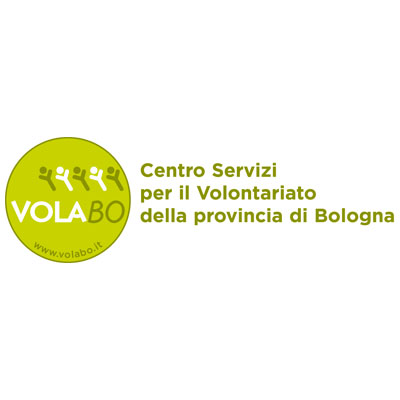La Lobby Europea delle Donne rappresenta oggi, a venti anni dalla sua nascita, la più grande coalizione di organizzazioni non governative, movimenti, gruppi femministi e femminili dell’Unione Europea. Aderiscono, infatti a questa circa 3000 associazioni dislocate negli Stati-membri e tale numero è destinato a raddoppiare in un futuro molto prossimo con il compimento delle procedure di adesione a pieno titolo da parte dei Paesi del Centro ed Est Europa.





